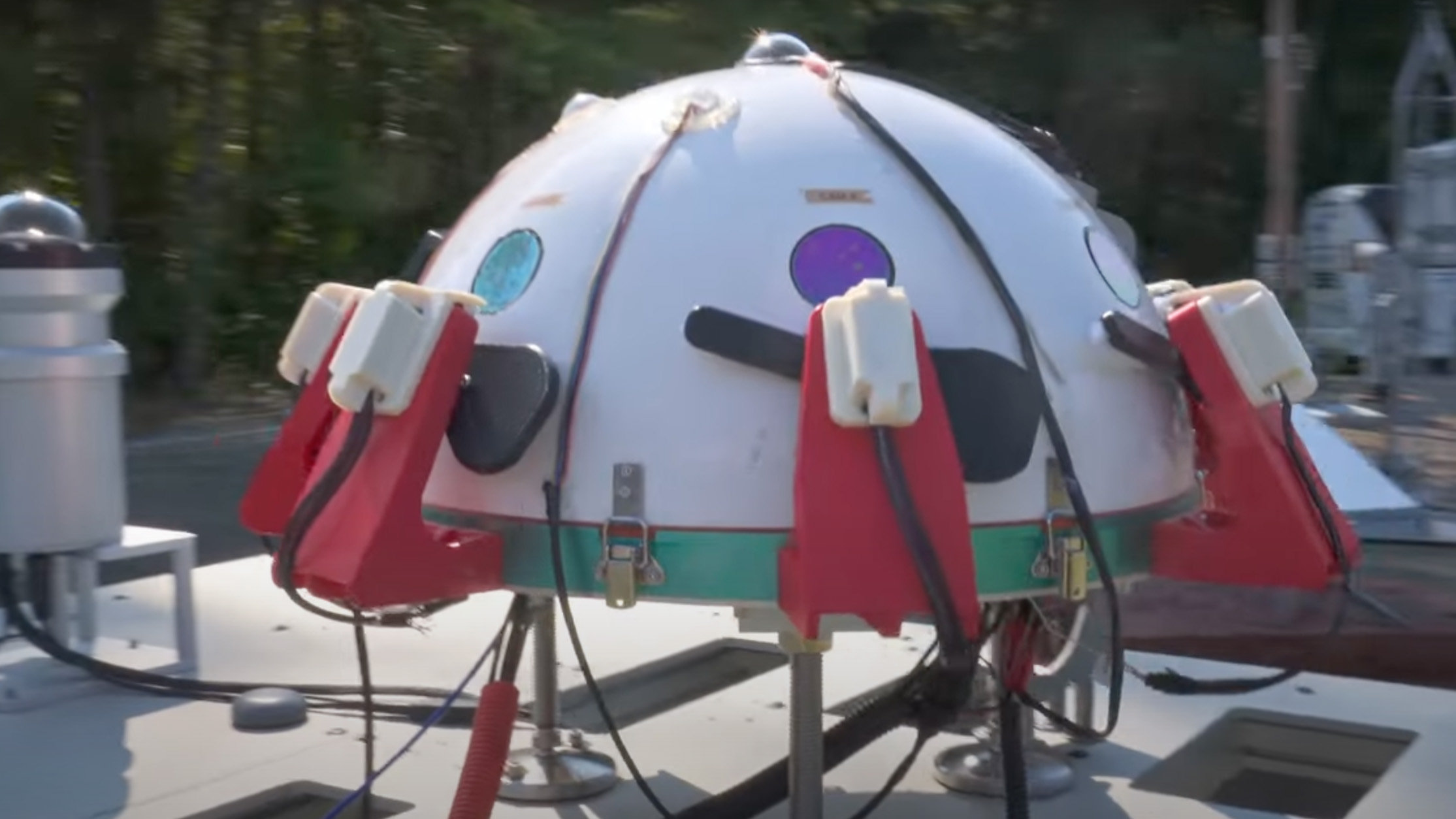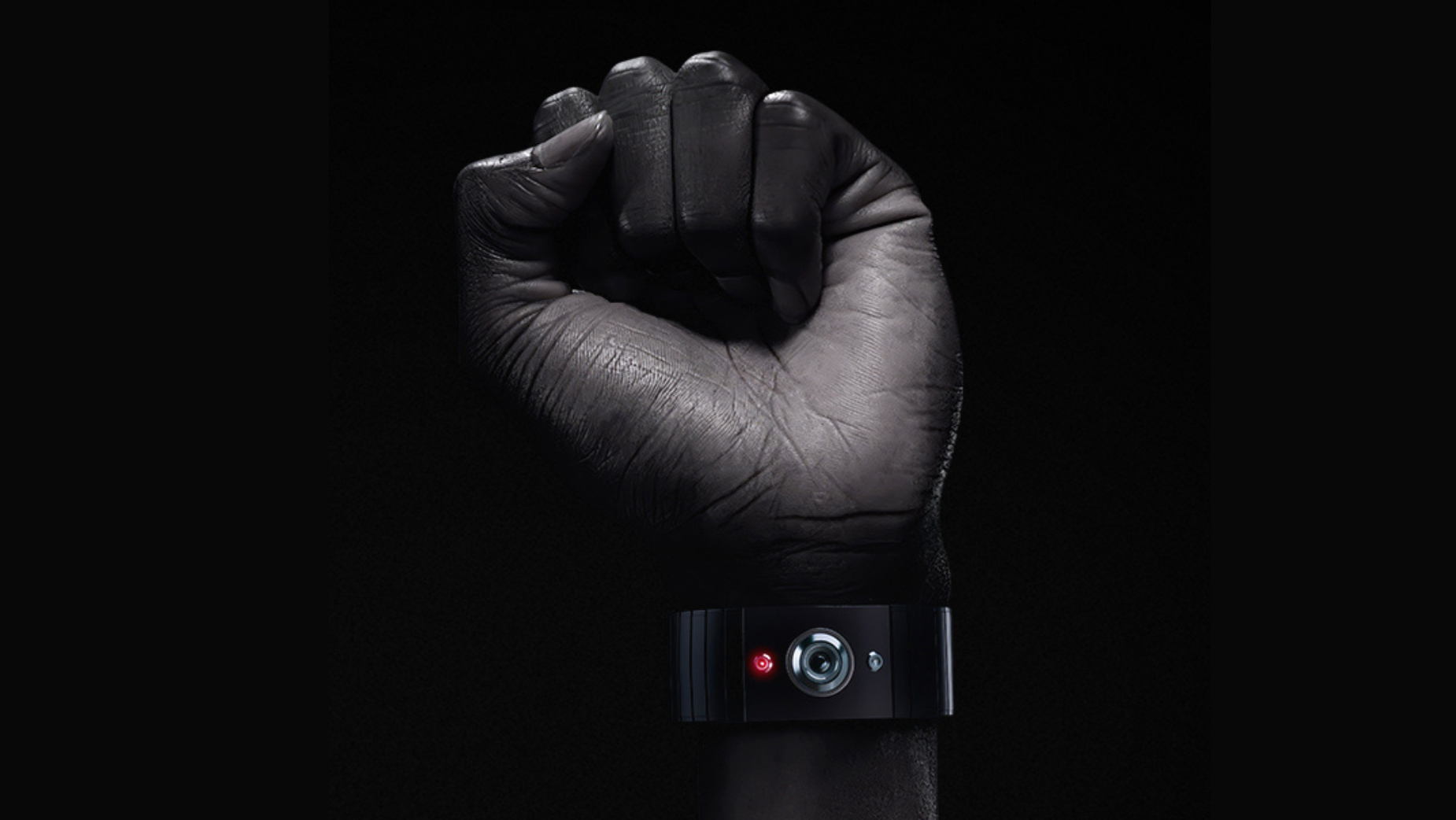Harvard researchers are using this strange-looking camera to look for extraterrestrial evidence in the skies
The Galileo Project's Dalek uses eight infared cameras to scan the entire sky at once

While the human race has long wondered about the presence of life on other planets, little scientific data on the possibility is available – but could a camera change that?
The Galileo Project at Harvard University is a group of researchers who are working to scan the entire sky and analyze the data for unidentified aerial phenomena (UAP). To do that, the research team is using a dome-shaped camera array called Dalek.
The Galileo Project isn’t new. But the group, inaugurated in the summer of 2021, has recently published data on the first tests of the Dalek camera.
The group spent two years designing the camera hardware, six months to calibrate, and a full year to analyze the initial commissioning data. That initial data was presented in a paper last month, at the 2025 Lunar and Planetary Science Conference, and published in the journal Sensors earlier this year.
Dalek, named after the cyborg aliens from Dr Who, is an array of eight different infrared cameras arranged around a dome shape. By spacing these sensors over the dome, the device is able to scan the entire sky at once, rather than just a portion of it. When an object is detected, a separate zoom camera also takes a closer look.
The infrared cameras, however, are just one aspect of Dalek. The researchers’ goal is to scan the sky across infrared, optical, radio and audio in order to gather a wide range of data on any potential UAP.
ABOVE: Watch the team explain the Dalek camera
Get the Digital Camera World Newsletter
The best camera deals, reviews, product advice, and unmissable photography news, direct to your inbox!
The Dalek creates a constant video of the entire night sky – which means the gadget creates a lot of data to analyze. The team has recently finished analyzing the data from the first five months of preliminary commissioning data.
Using machine learning, the team mixed known airplane positioning data with the Dalek data, using software to detect objects and analyze trajectory.
Those algorithms helped the team sort through the 500,000 flying objects that the camera picked up during its 5-month commissioning tests, leaving just 16% of them to be examined by the team rather than the software. The researchers said that 144 of those objects remained ambiguous.
“These are likely mundane objects but cannot be further identified without distance information,” Professor Avi Loeb, the lead for the Galileo Project, wrote.
While the Dalek camera captures several types of data, the team’s next move will add even more information. The group is planning to launch multiple Daleks at different locations. One of the biggest limitations of the device is that it lacks distance data, but observing the same object from different directions will help the team to be able to calculate distance.
“What lies outside the Solar system happens to be my day job and the research focus of the Galileo Project,” Loeb wrote in a paper in November. “Rather than rely on hearsay testimonies about classified information, the GP research team aims to follow evidence from its sensors wherever it leads, and share the data openly with the public.”
You may also like
Browse the best cameras for astrophotography or the best lenses for astrophotography.

With more than a decade of experience reviewing and writing about cameras and technology, Hillary K. Grigonis leads the US coverage for Digital Camera World. Her work has appeared in Business Insider, Digital Trends, Pocket-lint, Rangefinder, The Phoblographer and more.
You must confirm your public display name before commenting
Please logout and then login again, you will then be prompted to enter your display name.

